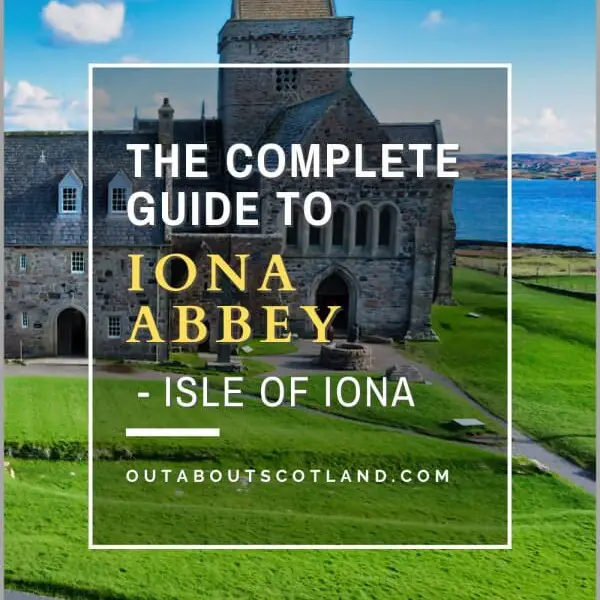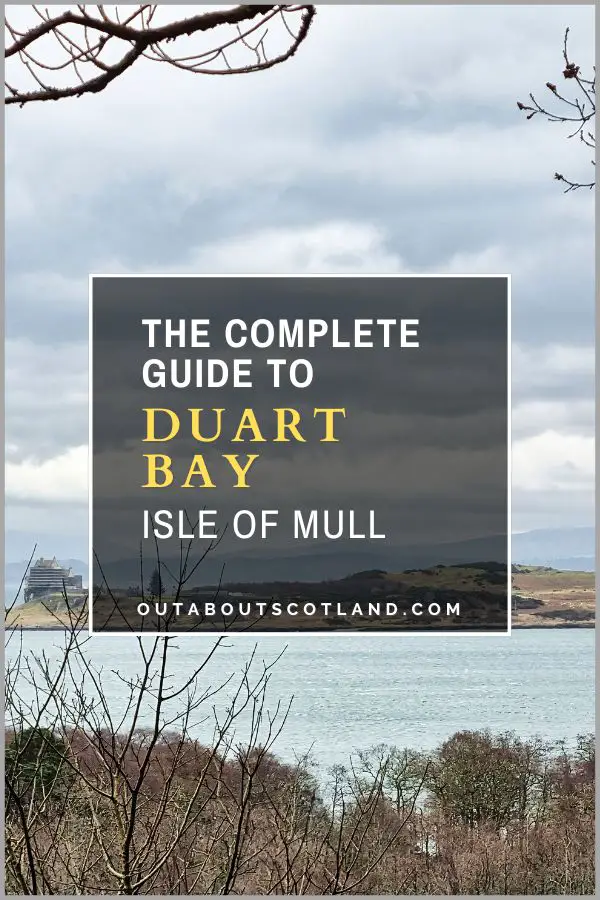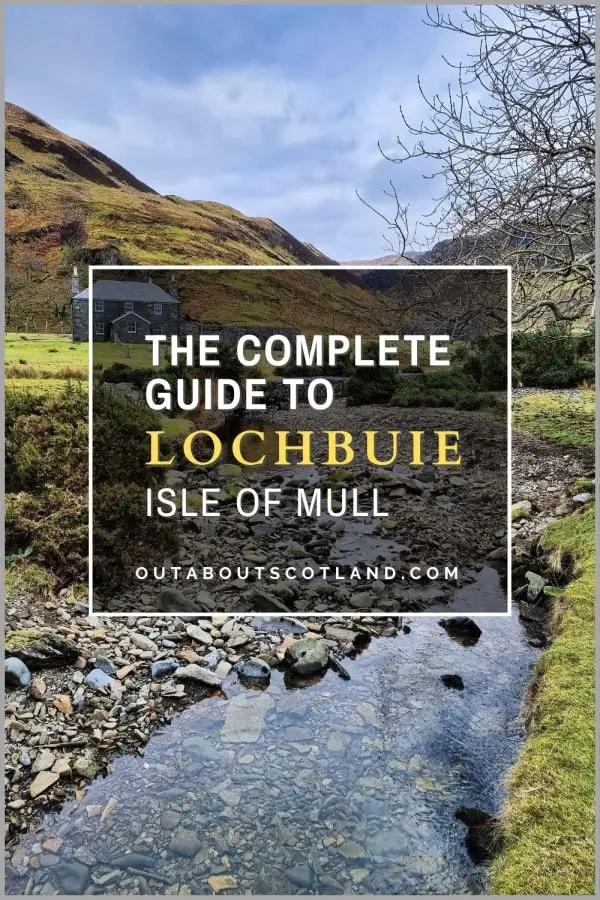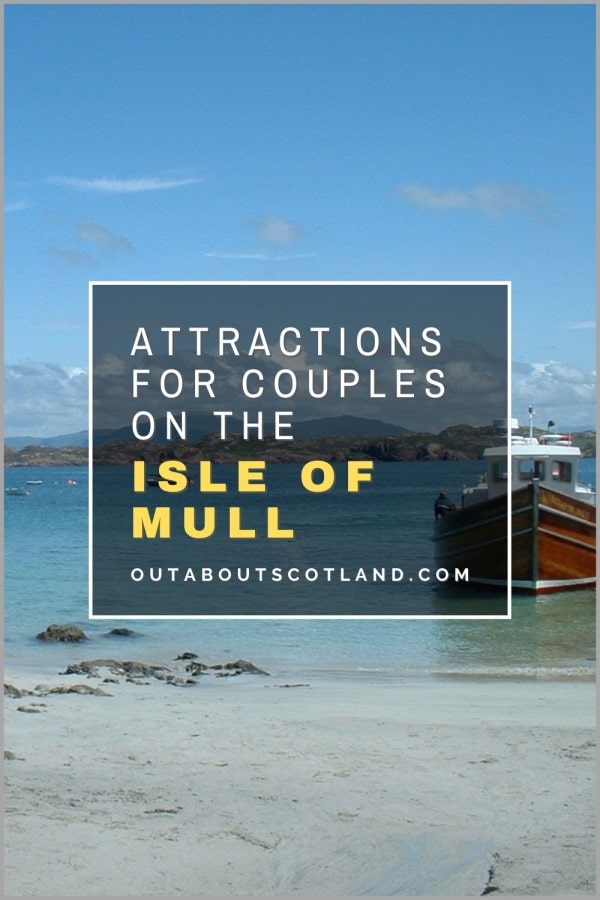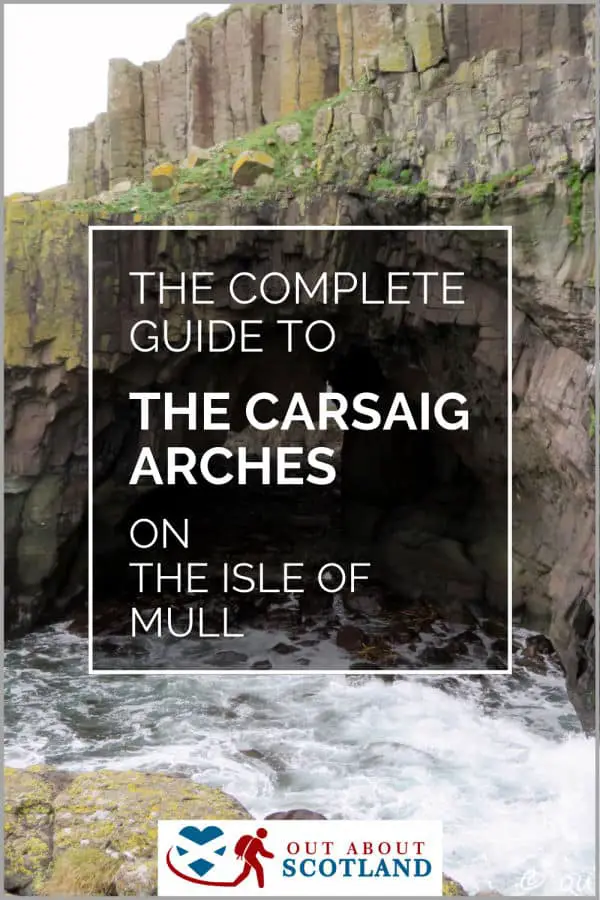Iona Abbey, located on the Isle of Iona on the far southwest corner of Mull – was founded by St. Columba in AD 563. The abbey is one of Europe’s oldest sites of worship and was an important burial site for Scottish royalty after the Scottish Reformation. Today, Iona is a popular tourist destination that is accessible via ferry from the village of Fionnphort on Mull.
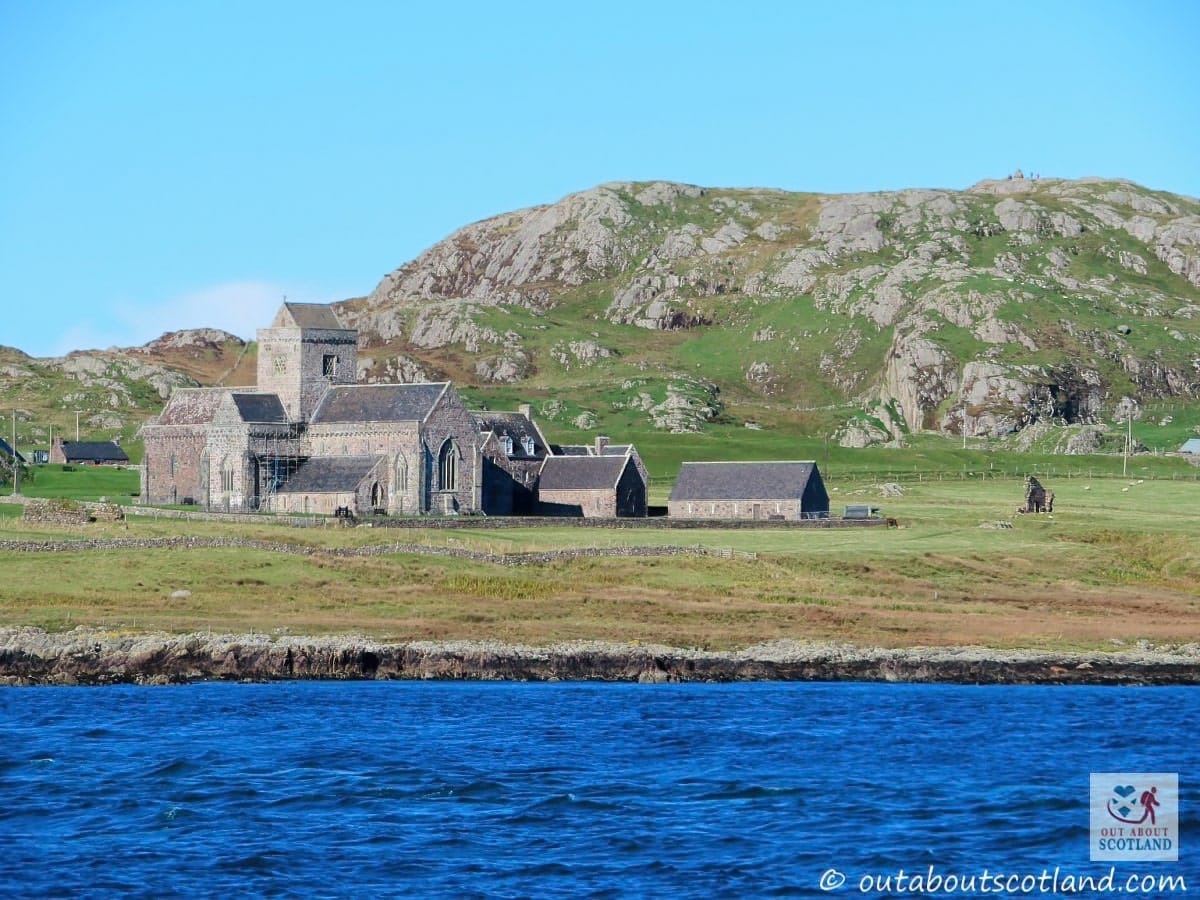
| Address: | Isle of Iona, Argyll, PA76 6SQ |
| Opening Hours: | 1 Apr to 30 Sept: Daily, 9.30 am to 5.30 pm Last entry 5 pm 1 Oct to 31 Mar: Mon to Sat, 10 am to 4 pm Last entry 3.30 pm |
| Admission Price: | Adult (16-64yrs) £9.50 Concession (65yrs+ and unemployed) £7.50 Child (5-15yrs) £5.50 Family (1 adult, 2 children) £19.00 Family (2 adults, 2 children) £27.50 Family (2 adults, 3 children) £32.50 |
| Parking: | None |
| Contact: | 01681 700 512 |
| Facilities: | Shop, guided tours, drinks machine, cafe and shops in Baile Mor village |
| Photos: | Virtual Tour YouTube Video |
Overview
Iona Abbey is located on the beautiful Isle of Iona, just a few minutes ferry ride from the Isle of Mull. The monastery of Saint Columba was founded in AD 563 and is the final resting place for many of Scotland’s monarchs, as well as being one of the oldest religious sites in Scotland.
The legend of Saint Columba led to Iona becoming one of the most important and influential sites in mediaeval Britain, and early pilgrims are known to have travelled to Iona from as far back as the 7th century, which is a tradition that continues to this day with many Christians following in their footsteps to visit this remarkable island.
Although the abbey draws visitors from all over the world due to its religious connections, the majority of tourists go there simply to explore the beautiful abbey buildings and discover the fascinating stories behind their history.
There are lots of historic artefacts to see during a visit, as well as a church, the famous royal graveyard, and the ruins of a long-since-abandoned nunnery. Entry is free and the ferry crossing is just a few pounds per person. Note that cars are not allowed except for permanent residents.
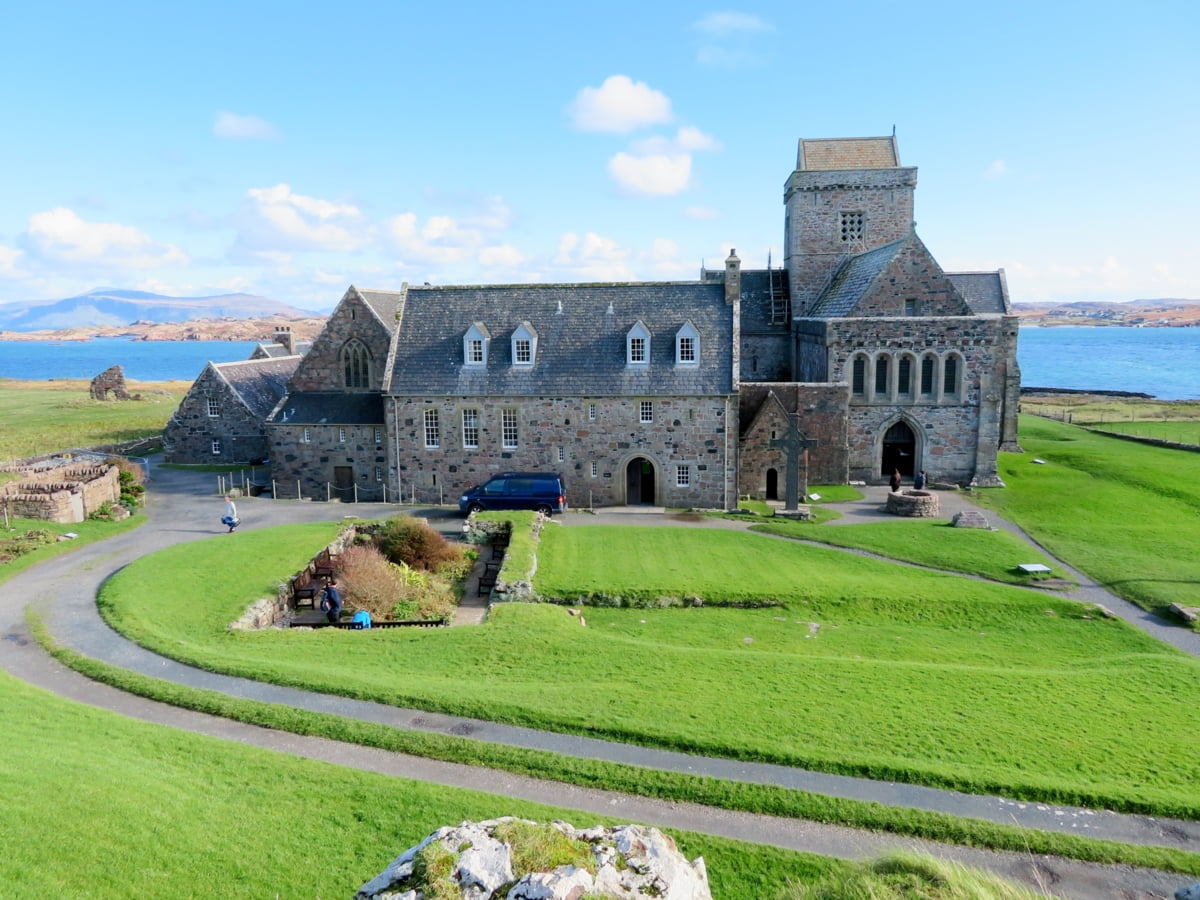
The Highlights
1: Iona Abbey is a fascinating glimpse into Scotland’s past. If you can, I recommend joining a guided tour to hear an expert’s overview.
2: Iona is a lovely wee island and there are some great walks to be found, especially if you head south. One recommended destination for a walk is St. Columba’s Bay, where Saint Columba first set foot in Scotland.
3: The shops near the ferry port are worth a look, as they’re full of quality handmade gifts and souvenirs.
Visiting Tips
1: If you’re combining a visit to the abbey with a walk on the island, make sure you remember your ferry times, or you’ll be in for a long wait to get back to Mull. Check the Calmac website before departing.
2: There’s no on-site café at Iona Abbey, but you can get good food in the shops near the ferry jetty. On the Mull side, there’s a snack bar at Fionnphort village.
3: Book your ferry in advance in the summer, as Iona Abbey is very popular with tourists as well as pilgrims so ferry sailings are usually sold out each day.
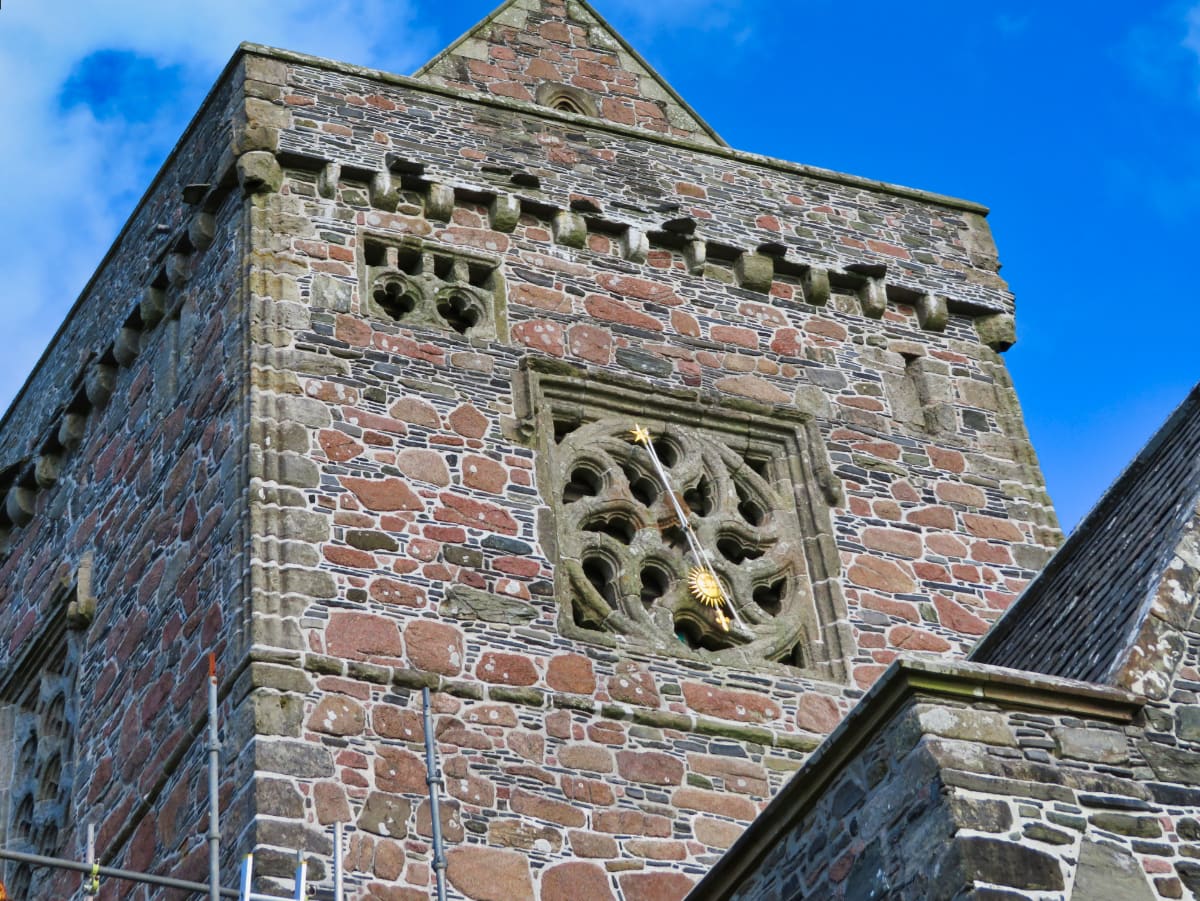
Tourist Information
To get to Iona, you’ll have to take the ferry from the village of Fionnphort on the southwest corner of Mull, which is worth the drive on its own as the A849 runs through some of the most scenic and remote parts of the island.
The ferry crossing only takes around 5 minutes from the Fionnphort ferry terminal to Baile Mor on Iona, which is just enough time to snap a few photos of the abbey from its seaward side.
Once on dry land, you’ll find signs directing you to the abbey past a ruined nunnery, which is quite an interesting place to walk around and has a lawn area in front that’s ideal for a summer picnic. The footpath leaving the nunnery runs right up to the abbey itself, where you’ll be presented with panoramic views of the island from a small hill in front of the abbey.
The 13th-century buildings are surprisingly big for such a remote location, and the views behind them looking across Mull are nothing short of spectacular. Before entering the church, you’ll pass St. Oran’s chapel and Reilig Odrain, the graveyard where many of Scotland’s ancient royals were laid to rest, so take a short detour and have a good look around the site before heading to the main abbey buildings.
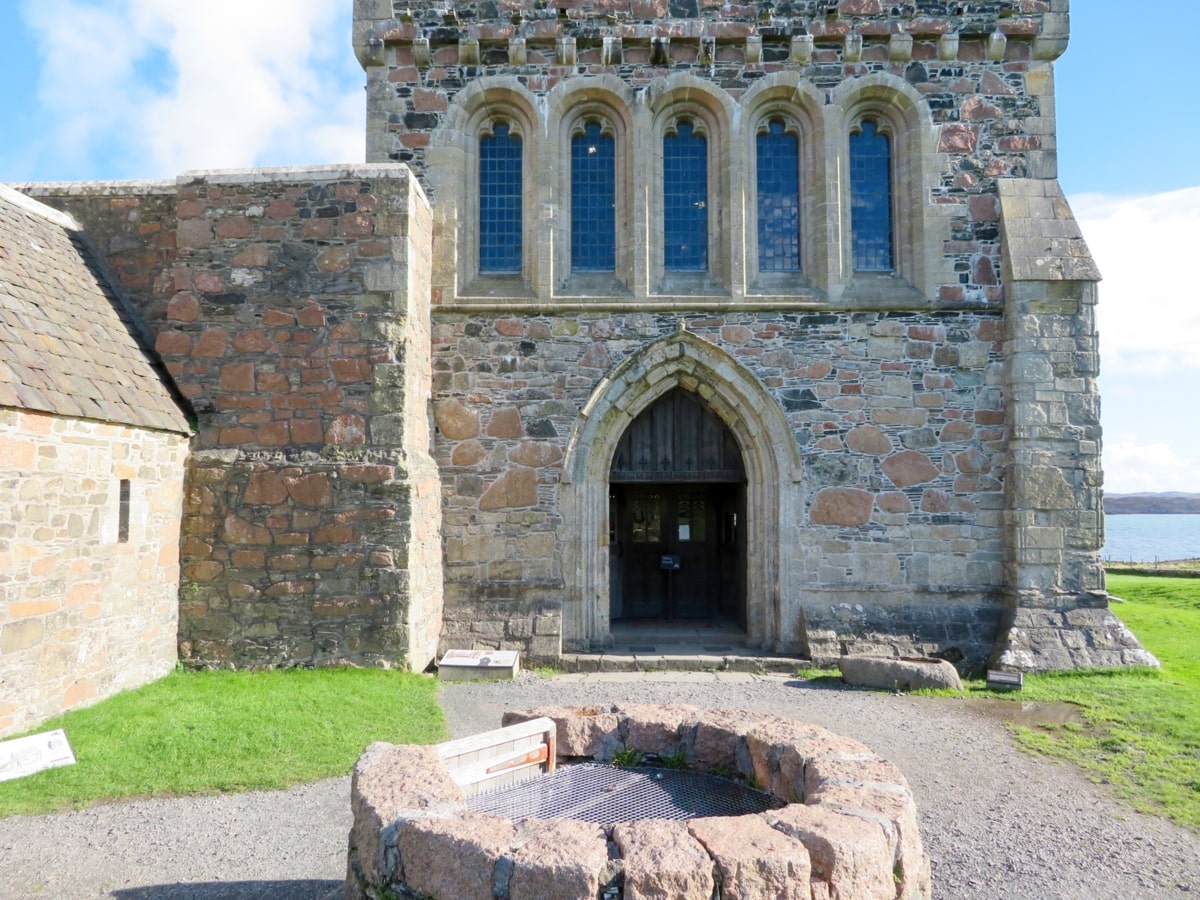
As you walk down the path leading to the church, you’ll notice a small hill where St. Columba is believed to have built his writing hut nearly 1,500 years ago. You can still see a small section of the original foundations, so it’s definitely worth heading up there to take a quick look before heading into the church.
Once inside, you’ll find several displays and information boards, as well as a few exhibits, though it’s not particularly big so I’d plan no more than 30 minutes to see the church. Afterwards, take a walk around the cloister which originally served as a way to link the abbey buildings, and then take a look at the stonework of the abbey which is well over 1,000 years old.
Most of the stone columns and carvings have been restored over the years so the cloister looks the same as it would have when it was originally built, although there’s now a large sculpture in the middle along with a few other new stone features around the perimeter.
Other highlights include St. Columba’s Shrine, which is the oldest structure in the abbey, dating to around the 9th century, and the enormous stone crosses near the church entrance, one of which, St. Martin’s Cross, is believed to be over one thousand years old. And finally, after exploring the abbey, you can set off on foot to take a look at the Isle of Iona itself, with its crystal-clear sea, white-sand beaches, and beautiful unspoiled scenery.
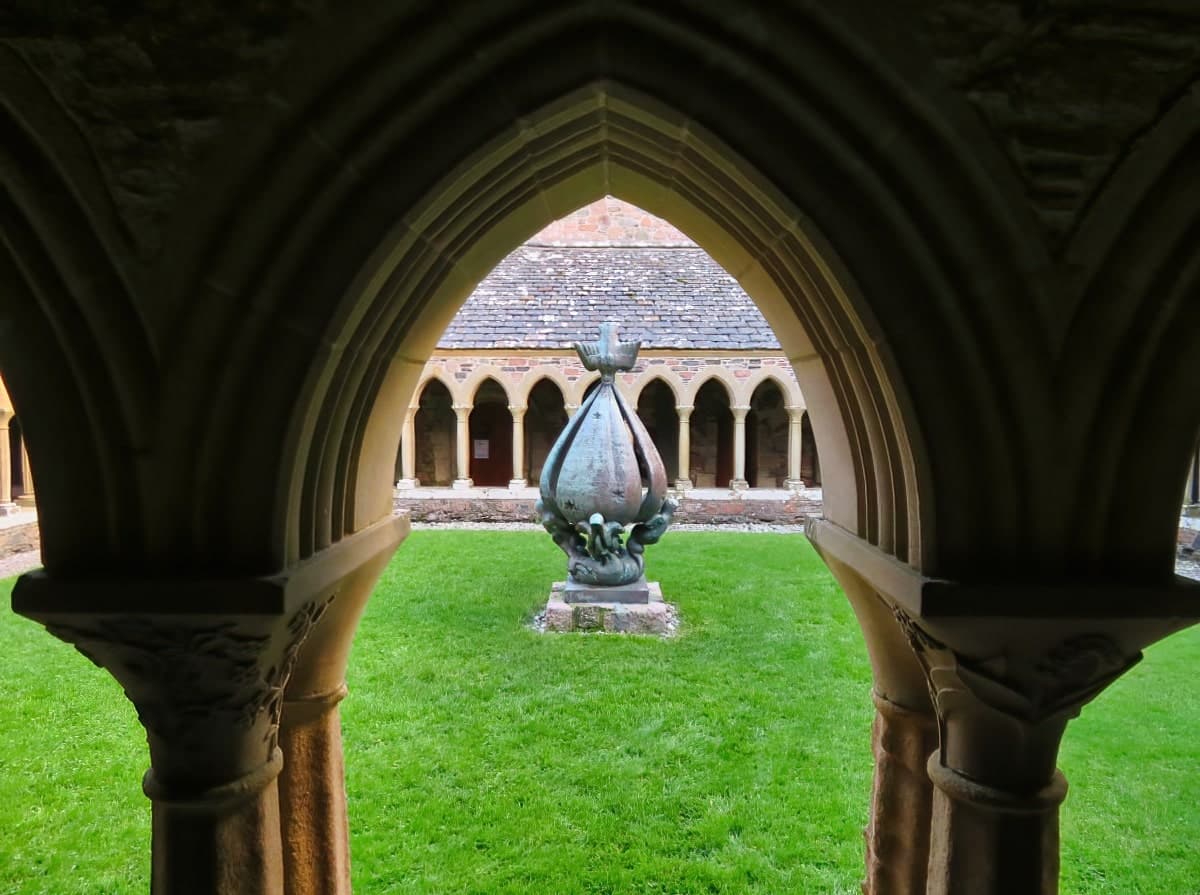
History
The story of the abbey begins with Saint Columba, who travelled to Iona along with 12 of his companions in AD 563. Originally from Ireland, Columba chose Iona as it was easily accessible from Ireland by boat, and after his death, many Christian pilgrims chose to show their devotion by visiting the monastery he founded. Before long, the site became one of the foremost centres for learning, art, and worship in the British Isles, which led to the surrounding buildings being expanded over centuries.
From the 8th century onwards, Iona became a leading artistic centre for sculptors, metalworkers, and manuscript writers, which goes some way to explaining why so many mediaeval artefacts have been discovered on the island.
The riches that were kept on Iona were also the reason why it was so heavily targeted by Vikings during the 9th and 10th centuries, and hence why St. Columba’s remains were moved to Dunkeld in Perthshire into what was to eventually become Dunkeld Cathedral.
Somerled, Lord of the Isles, became the patron of Iona in the 12th century, and it was he who had St. Oran’s Chapel built, which became the burial ground for many of his royal descendants, while his son Ranald re-established the monastery as a Benedectine abbey.
Following the Scottish Reformation, the abbey was abandoned and fell into ruin until the Duke of Argyll transferred ownership of the site to the Iona Cathedral Trust. The trust subsequently began a programme of restoration and the surrounding buildings were completely renovated in the 1900s.
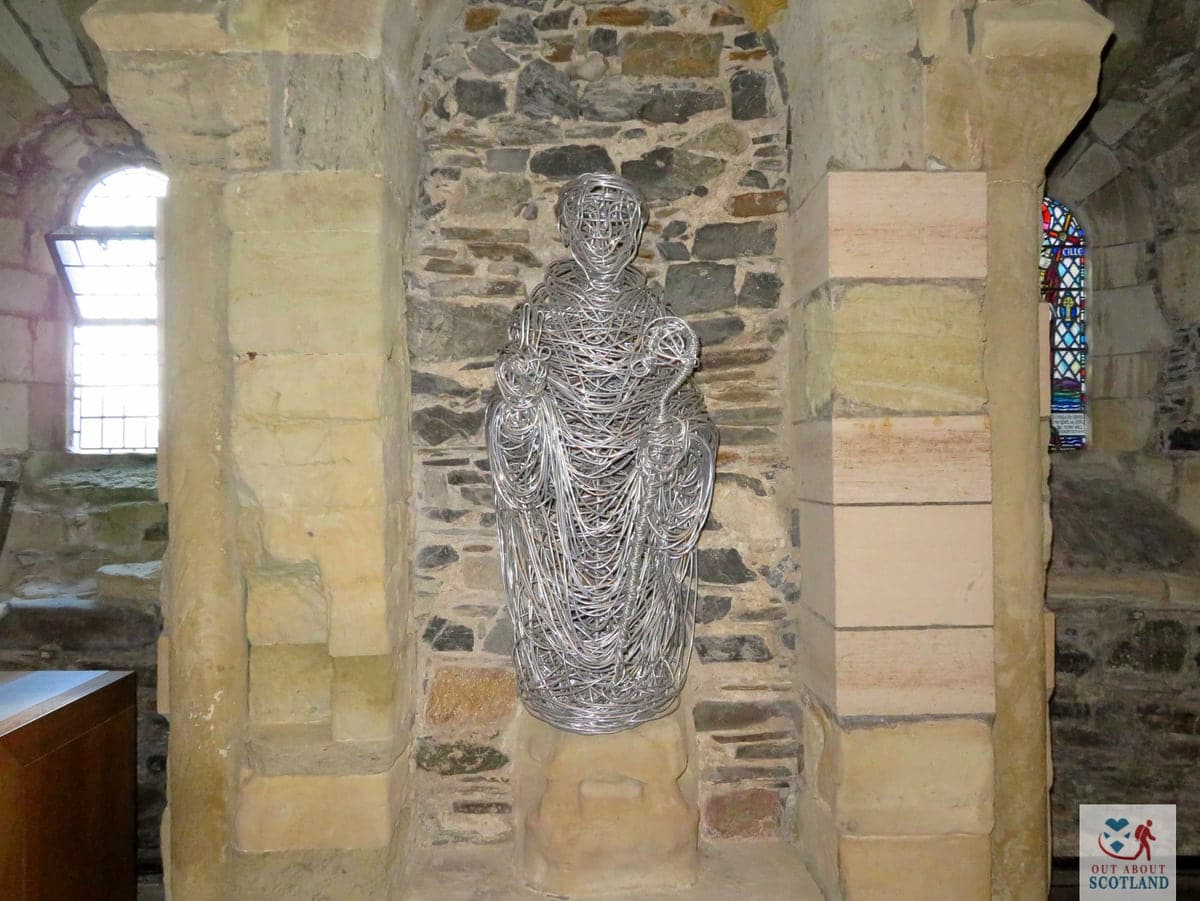
Things to Do
Discover the Abbey’s Rich History: Immerse yourself in the captivating history of Iona Abbey, which dates back to the 6th century. Marvel at the intricately carved Celtic stonework and explore the medieval cloisters. Don’t miss the chance to learn about the life of Saint Columba who founded the Abbey and played a pivotal role in spreading Christianity in Scotland.
See the Crosses: The abbey is home to a remarkable collection of Celtic artefacts, including ancient stone crosses like the famous St John’s Cross and the medieval St. Martin’s Cross. Each one tells a unique story of the monastic community that once flourished on Iona, providing a fascinating insight into the religious and cultural history of the island.
See the Nunnery: The nearby Augustinian nunnery is the most complete nunnery complex from the era still standing in Scotland. Though roofless and in ruin, it’s a fascinating place to walk around.
Audio Guide: Listen to one of the included audio guides to enhance your understanding of the abbey’s significance. Expert narrators share engaging stories about the Abbey’s construction, its historical importance, and the daily lives of the monks who lived there centuries ago.
Enjoy the Natural Beauty: Beyond the Abbey, Iona offers breathtaking scenery to discover. Take a leisurely walk along white sandy beaches, hike to the highest point on Dun I for stunning panoramic views, or spot wildlife such as seals and otters around the coastline.
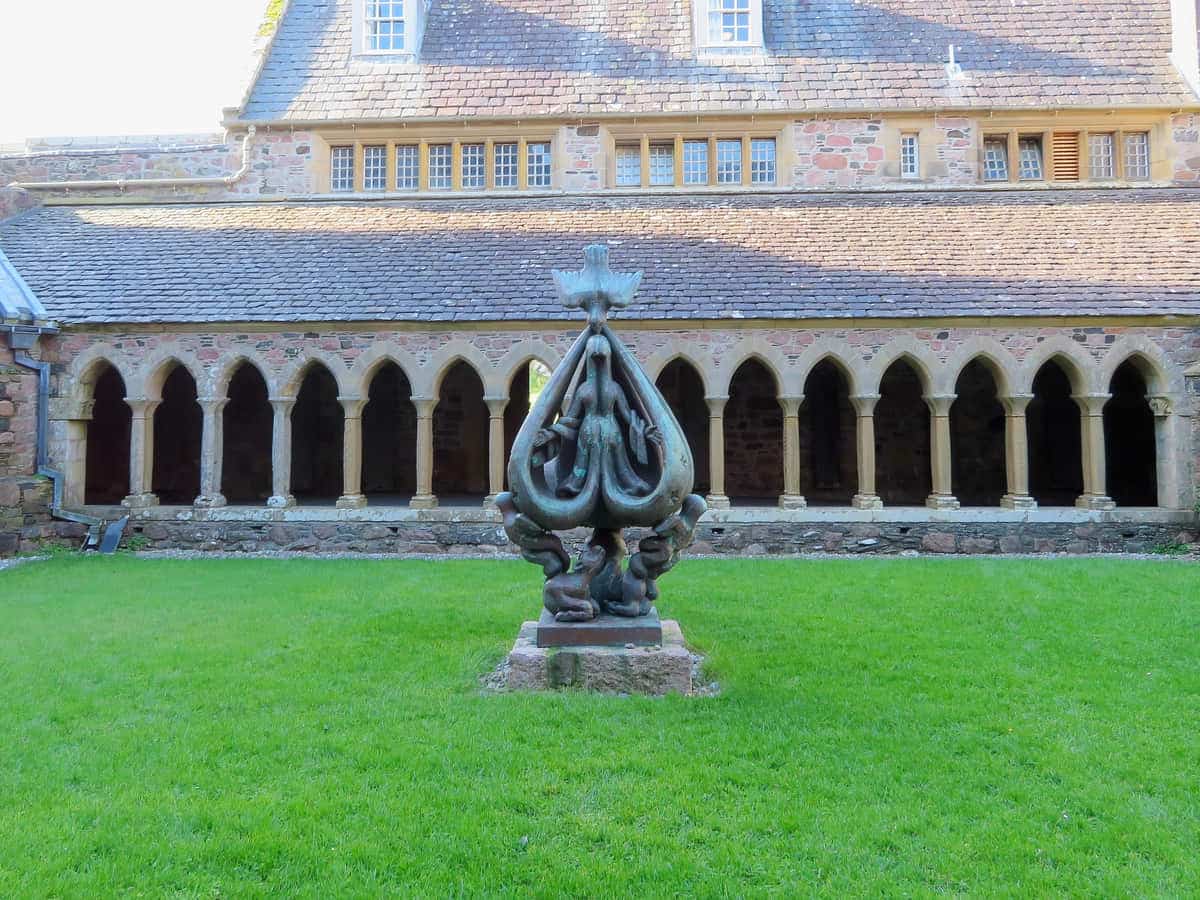
Things to Do Nearby
Iona Nunnery. Baile Mor, Isle of Iona PA76 6SJ. 5-minute walk.
A historical landmark located close to the ferry terminal. The nunnery is in complete ruin but most of the original walls are still standing. The park to the front has benches suitable for picnics.
Fionnphort. Fionnphort PA66 6BL. 8-minute ferry.
A small village on the southwest of Mull that serves as the gateway to the Isle of Iona. Regular ferries allow access to Iona and the abbey but Fionnphort is also worth visiting for the sandy bay to the north and the cliff-top walks to the north and south.
St. Oran’s Chapel. Isle of Iona PA76 6SQ. 2-minute walk.
An ancient (it’s the oldest building on Iona) chapel located close to Iona Abbey that is still in use for religious ceremonies. The interior of the chapel displays a collection of Celtic art and stone crosses.
St. Columba’s Bay. 24-minute walk.
Scenic Bay on the southernmost tip of Iona was reputedly the landing point for Saint Columba when he arrived in Scotland. There are several man-made stone formations in the area. Rock outcrops surround the shingle bay.
Iona Heritage Centre. The Manse, Isle of Iona, PA76 6SJ. 6-minute walk.
A small independent museum that includes a collection of displays and exhibits of Iona’s fishing, crofting, and religious heritage. The centre has a café and a small gift shop.
Frequently Asked Questions
Who is buried at Iona Abbey?
Iona Abbey is the final resting place for 60 kings: 48 Scottish, 8 Norwegian, and 4 Irish. The most famous burials at Iona Abbey are Kenneth MacAlpin (the first king of Scotland) and Macbeth (king of Scotland from AD 1040 and subject of a play by Shakespeare).
Why is Iona Abbey famous?
Iona Abbey is widely acknowledged as the birthplace of Christianity in Scotland. St. Columba established the abbey in AD 563, and it later rose to prominence among religious sites in the British Isles.
The abbey graveyard – Reilig Odhráin – was used as a burial site for a number of Scottish kings and nobles.
Can you get married in Iona Abbey?
It is possible to get married at Iona Abbey. Wedding venues include the abbey church, Michael Chapel, and St. Oran’s Chapel.
Can you stay in Iona Abbey?
It is not possible to stay in Iona Abbey, but overnight stays can be booked in the Bishop’s House which is located close to the abbey looking over the Sound of Iona.

